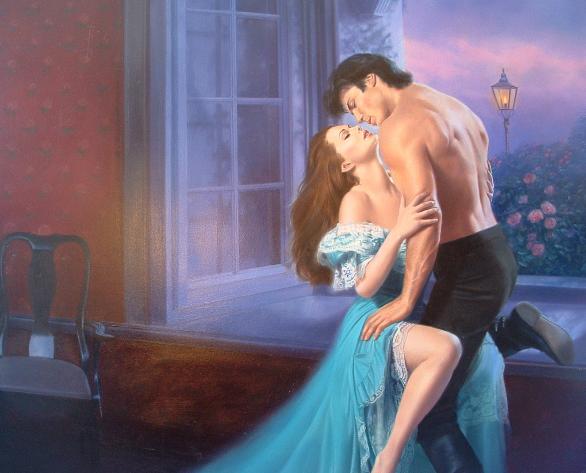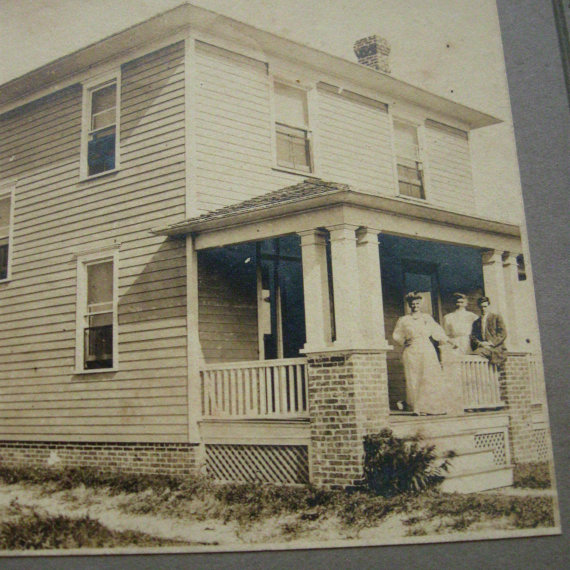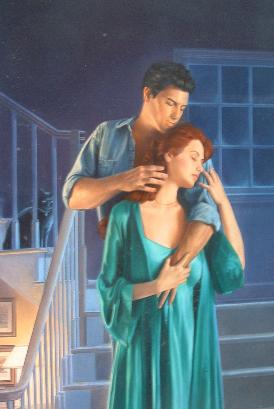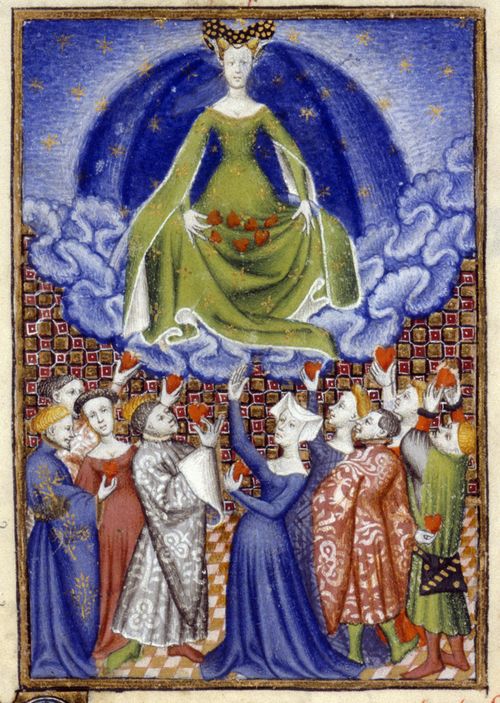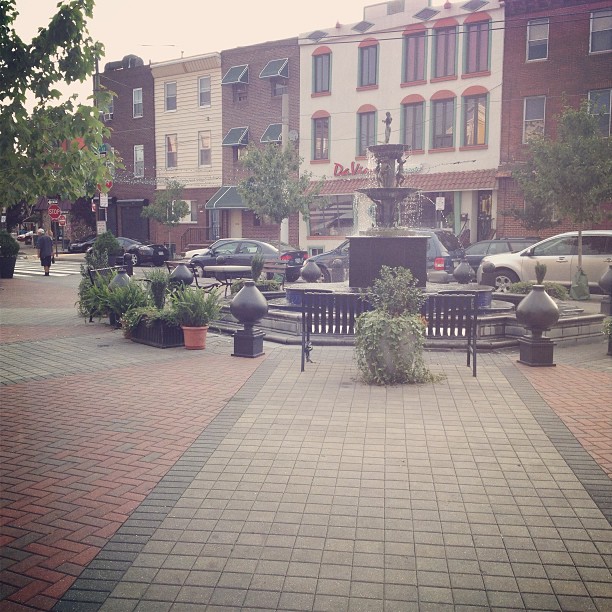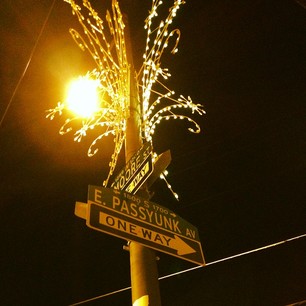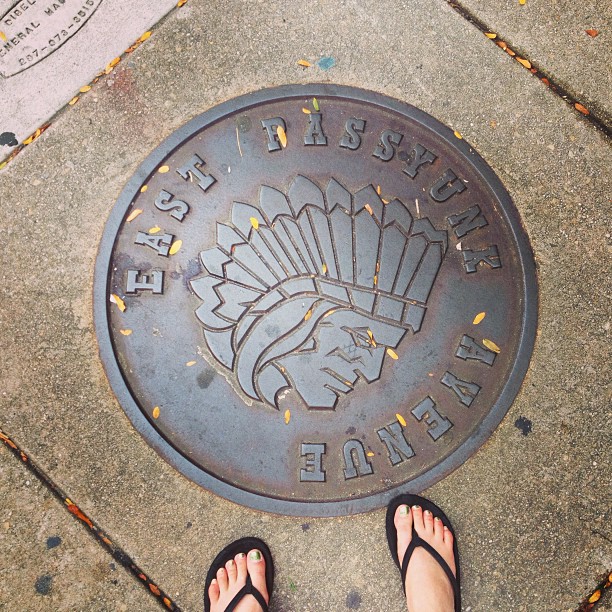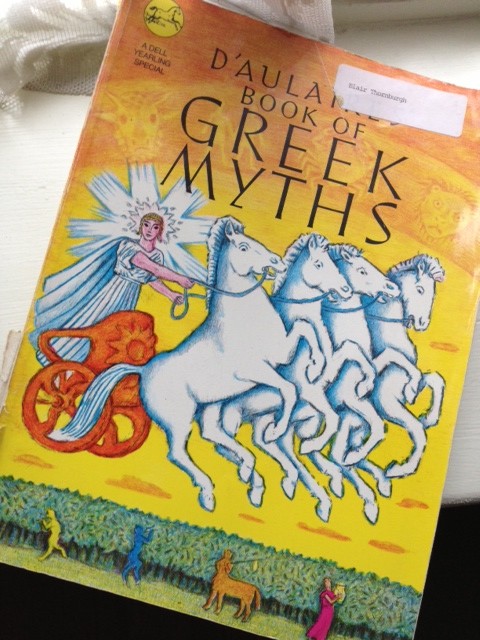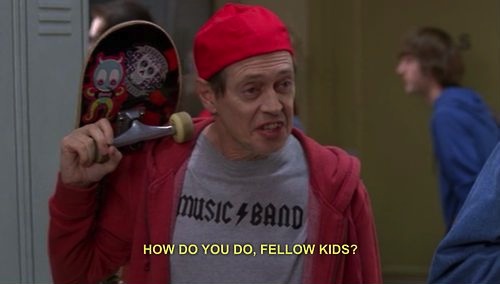Author’s note: On Friday I had the pleasure of participating in a panel about medieval studies and fiction at the University of Chicago, my much-beloved alma mater. It was great! My fellow panelists—Prof. Lucy Pick (Pilgrimage) and Prof. Melissa Hope Range (Horse and Rider: Poems)—were superb: talented and so smart and medievalists after my own heart. Below are my remarks (my speech? My…apologia?) about translation, YA fiction, and retellings.
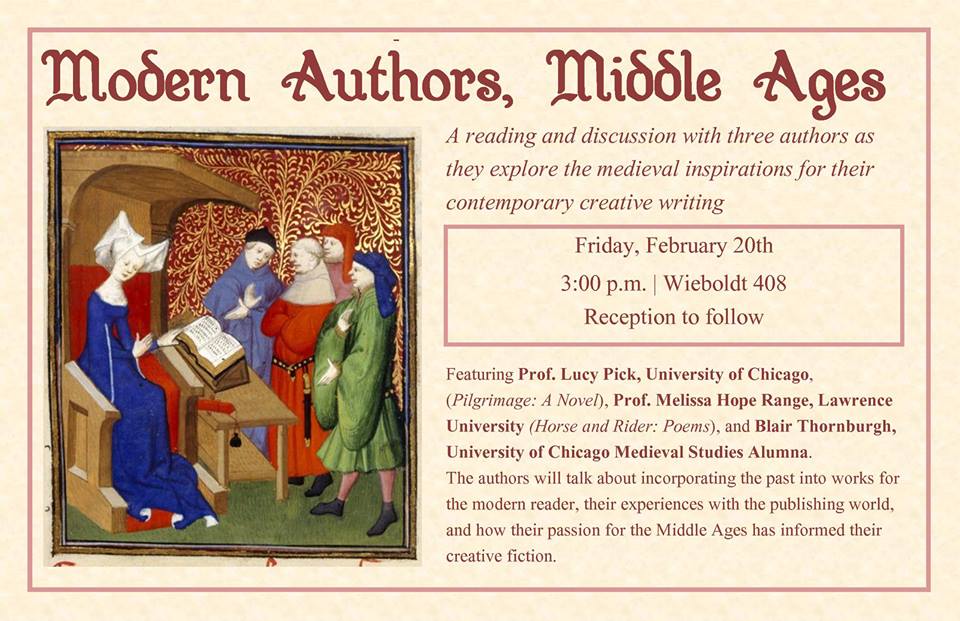
My name is Blair Thornburgh, and I write young adult fiction. I know—a very, very logical career choice for someone with a medieval studies degree, right? Except I’m only kind of joking!
My absolute favorite thing about medieval studies is the study of translation—texts and stories, people and places, iconography, whatever you’ve got. How does a word, or a character, or an artifact change (or not change) when it moves to a foreign context? Where and what are the throughlines? What does it mean to adapt something?
My favorite thing about writing young adult fiction is making up imaginary people who fall in love.
So! Like every good medieval studies undergraduate, I spent my fourth year here at UChicago writing my BA paper: an examination of the treatment of female characters in the Old French Roman d’Enéas as compared to their “original” manifestation in Virgil’s Aeneid. (Cliffsnotes version of my argument: the medieval version inserts a whole mess of courtly love language between Aeneas and the chaste Italian princess Lavinia, while dragging poor Queen Dido through the mud for her adulterous affair with the hero. Also, “original” gets scare quotes, because we all know even Virgil was just ripping off characters from the Odyssey anyway.)
So that was my academic mind, swirling with ideas about retellings, and amour courtois, and feminism, and translatio studii. On the hardest of days, when the research was arduous or the interlibrary loans weren’t coming in, I repeated to myself my favorite line from the Aeneid: forsan et haec olim meminisse iuvabit, “perhaps one day it will be pleasing to remember even this.” Or, more loosely, “this will all make a great story one day.”
And I did want to make a great story. One day. But at the time, my creative writing mind was mostly thinking about a YA novel I was reading. This novel was—pardon my French—terrible. I will be the first to tell you that YA fiction has come a long, long way since the days of Sweet Valley High—even since the days of Twilight—and that the stories published today are engaging, well-written, literate, thoughtful, intelligent, and inventive. But this one was not. (They can’t all be winners.) It was a story of star-crossed lovers, told in dual first-person points of view. I didn’t like it. I thought I could do better. And I had just read the romance of Tristan en Prose for a seminar class.
And then the idea fell together. Tristan and Isolde in high school! How could no one have done this yet? The opening scene made instant sense to me: poor teenage Tristan, driving his beat-up car to pick up his best friend’s girlfriend, who is NOT happy to see him. The source material felt custom-made for young adult: illicit love affairs, strict social hierarchy, feats of athletic strength…plus ça change! This was going to be brilliant!
Well. As I found out, the thing about the Tristan legend is that there are two pretty major narrative linchpins that set everything in motion: an arranged marriage and a love potion. Do you know what most modern American high schools do NOT have? Plus, pretty much everyone dies at the end, and I was not going to take that dark a turn. If I wanted to translate this, I was going to have to make some changes. I had to take a story whose conflict hinges on external forces and figure out a way to make it character-driven.
This was a real challenge. (And I wrote about five drafts before I even realized that this was the challenge.) But I kept coming back to what I love about medieval romances: the so-called love triangles between king, queen, and knight aren’t really triangles at all, at least not in the Team Edward/Team Jacob sense. Each of the three people involved in these courtly affairs loves, in some way or another, each other person. Which makes it way more wrenching!
I knew I didn’t want to cheat my way into the Marc-Tristan-Isolde arrangement by trapping my heroine in an abusive relationship, nor did I want to neglect the strong feelings of friendship and loyalty between the two teenage dudes. I knew I wanted to write it from two points of view, because I didn’t want either of my main characters to be a “love interest.” I wanted them to be two fully rounded (though flawed) young people, who gradually came to meet in the middle. Yes, a reader might pick up this novel because of its high concept, but she would only keep reading if she liked the characters.
Now, retelling stories is—obviously—nothing new. Some of my favorite YA books (Tam Lin by Pamela Dean, almost anything by Donna Jo Napoli) are retellings. I still think 10 Things I Hate About You is a classic of modern cinema. But there are also a lot of pretty cruddy retellings. (I will not name names, because art is subjective.)
So what makes a good one good?
I believe that a well-crafted retelling rewards a reader who is familiar with the source material as much as one who is not.
This means a few things in practice. First, the writer can’t go overboard on winks. By winks, I mean direct or obvious references to the source material. Now, I love characternyms—characters whose names hold clues to their personality or role in the story, whence Marc LeRoy and Tristan Ritter. But I like to think that my choice is subtle. I stopped short of naming them, say, Marc King and Tristan McKnight. If my reader gets the French and German etymology, good on her! I hope she likes the Easter egg. But if she doesn’t, she’s not going to miss out. Same with Tristan’s football adversary at St. Sampson’s academy (aka his duel with the knight Morholt on the isle of St. Sampson) and Isolde’s fierce desire to attend Cornubia University (that’d be the Latinized form of Cornwall).
These little bits are fun, but in the end, I’m not writing to be clever with my translation tricksiness. I’m writing to tell a convincing love story. Remember: characters keep readers reading.
Second, a writer shouldn’t feel restricted to a completely faithful rendering of the source material. Your average teenage reader is just not willing to keep pace with a slow unwinding of events typical of your average medieval romance. Beyond that, you end up with a lot of material that just plain doesn’t work (Marc stabbing Tristan to death while he plays the harp for Isolde is just not going to fly). The writer has to make a conscious decision about what her version of the story is trying to do—what point it has to make about life, what feeling it should inspire in a reader—and edit the events of her plot to serve that artistic purpose.
Writing this novel has always felt to me like a translation in the most medieval sense. It’s so cool to take these characters, put them in a modern setting, and figure out how they would act and what they would sound like and what their favorite snacks would be. After all, if the anonymous author of the Roman d’Enéas could do it with Virgil’s Dido and Lavinia, why not me? I’m drawn to literature for the same reason I’m fascinated by translation: they are both dialogues. The way I see it, engaging with another writer’s characters is just a natural extension of the act of reading. As the wonderful Ursula K. Le Guin—who has herself written a wonderful novel based on Virgil’s Lavinia—has said: “The unread story is not a story; It is little black marks on wood pulp. A reader, reading it, makes it live: a live thing, a story.”
Vale bene, and thank you.
Postscript: I’ve got a tinyletter! I’m going to try out writing about the books that I read. Interested parties who’d like to receive occasional but worthwhile email newsletters may subscribe here. TYVM!

